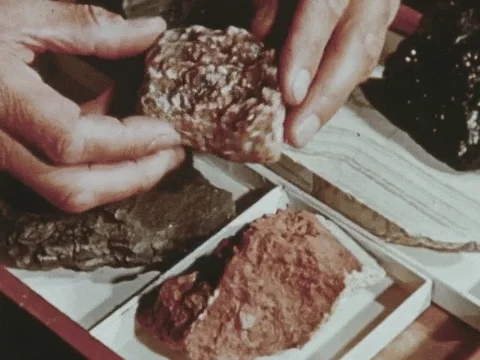
This logo isn't an ad or affiliate link. It's an organization that shares in our mission, and empowered the authors to share their insights in Byte form.
Rumie vets Bytes for compliance with our
Standards.
The organization is responsible for the completeness and reliability of the content.
Learn more
about how Rumie works with partners.
Have you ever heard someone call a diamond a rock?

When someone gets engaged to be married, a friend might say, "Let me see that rock!" and want to see their new diamond ring.
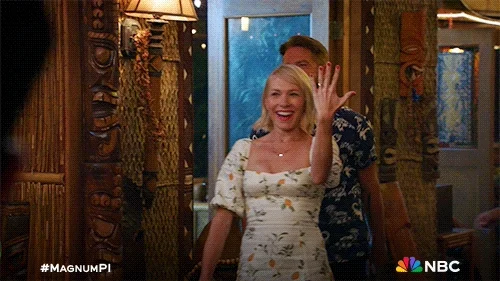
But is a diamond actually a rock? Or is it something else?
To find the answer, you need to understand what a rock is and how it’s different than a mineral. Then you’ll see how a diamond fits in.
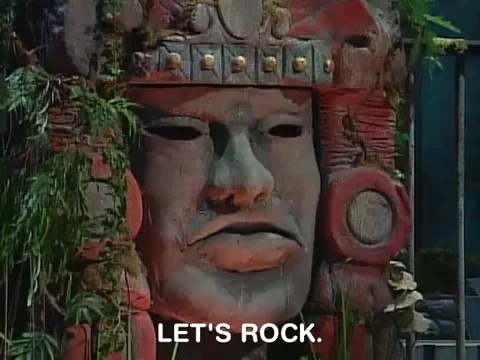
What is a Rock?
A rock is a solid mixture of different things like minerals, pieces of other rocks, or dead plant or animal remains.
Rocks are divided into 3 groups based on how they form:
Igneous rocks are cooled and hardened molten magma from inside the Earth.
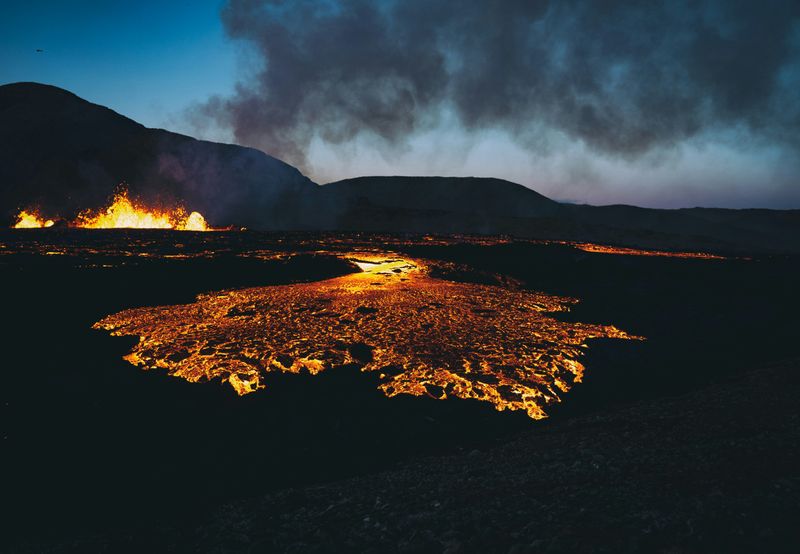 Photo by Jonatan Pie on Unsplash
Photo by Jonatan Pie on UnsplashSedimentary rocks have many layers of rock and dead plants or animals.
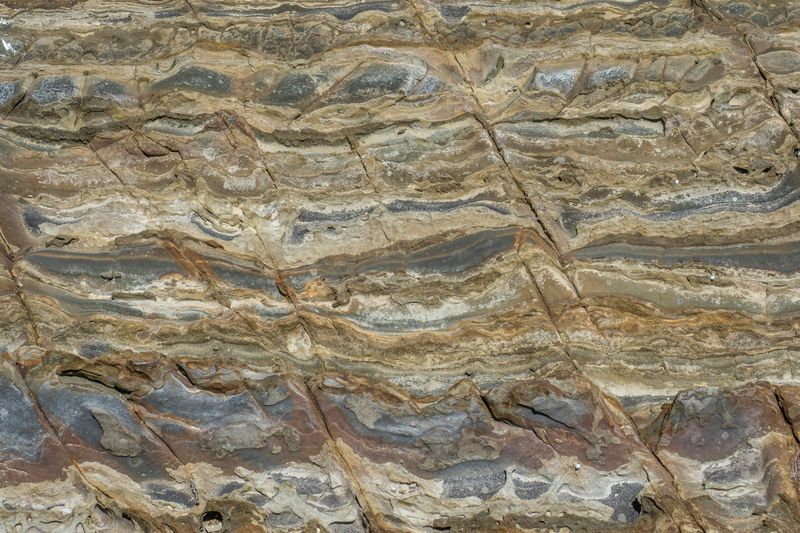 Photo by Alexander Schimmeck on Unsplash
Photo by Alexander Schimmeck on UnsplashWhen other rocks change because of extreme heat, pressure, or chemical changes, that makes metamorphic rock.
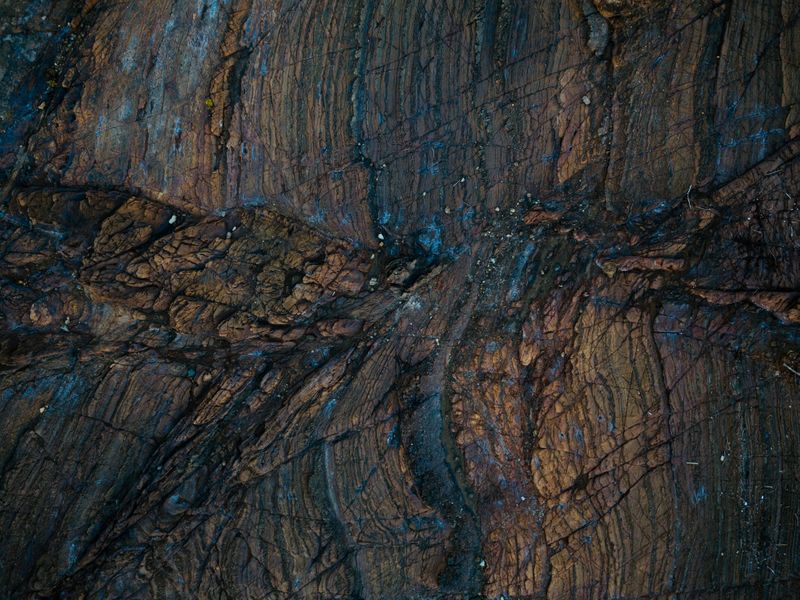 Photo by Josh Withers on Unsplash
Photo by Josh Withers on UnsplashRock Uses and Examples
People use rocks for lots of different purposes! Some examples are:
Building materials: Granite is a mixture of quartz, feldspar, and mica. It's used to make countertops because it's hard, shiny, and pretty to look at.

Concrete is a strong, hard rock used in building and construction. It's made of sand, limestone, basalt, cement, water, and more.
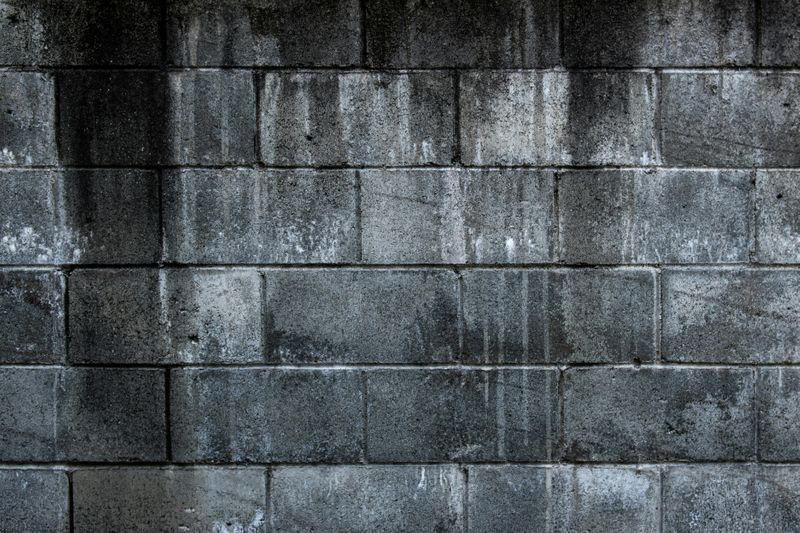
Road pavement is made of concrete, flagstone, bricks, asphalt, and more. It's used to make a smooth surface for cars to drive on.

What is a Mineral?
A mineral is a natural solid that's a pure substance, meaning it's made entirely of one element (like carbon with the chemical symbol C) or compound (like sodium chloride, with the symbol NaCl — which is table salt!).
Don't be fooled! Rocks are mixtures of different substances, while minerals are made of one substance only.
To be a mineral, something must be:
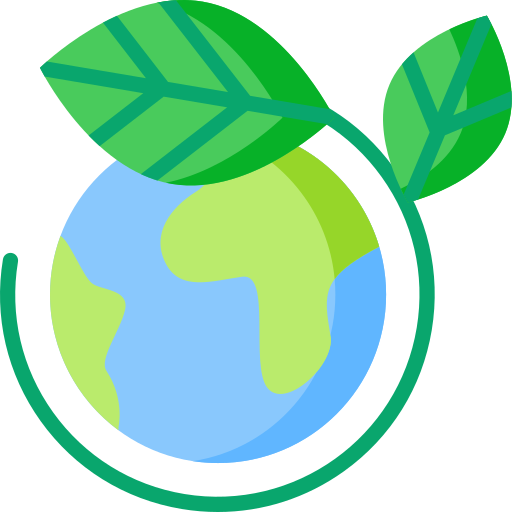
Naturally occurring — not made by people.
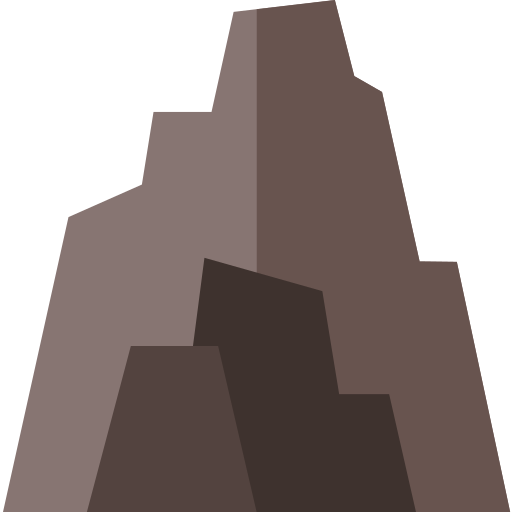
2. Inorganic — not containing carbon or made from living things' remains.
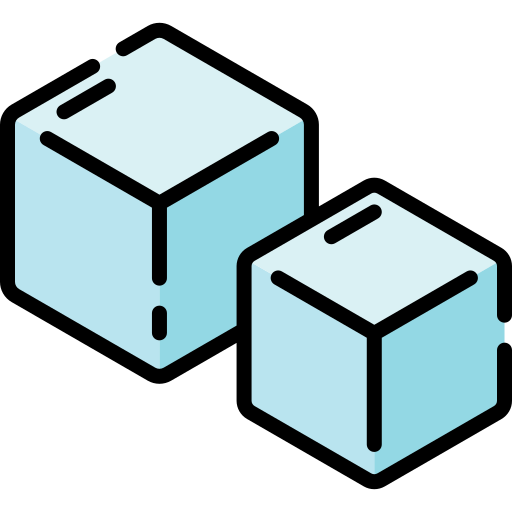
3. Solid — at room temperature, except for mercury.
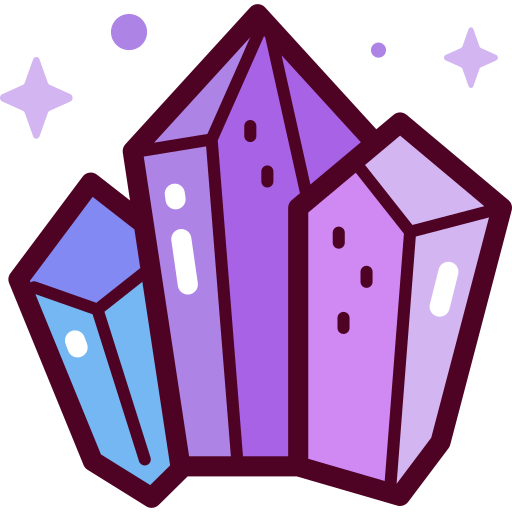
4. Ordered, repeating pattern — like a crystal.
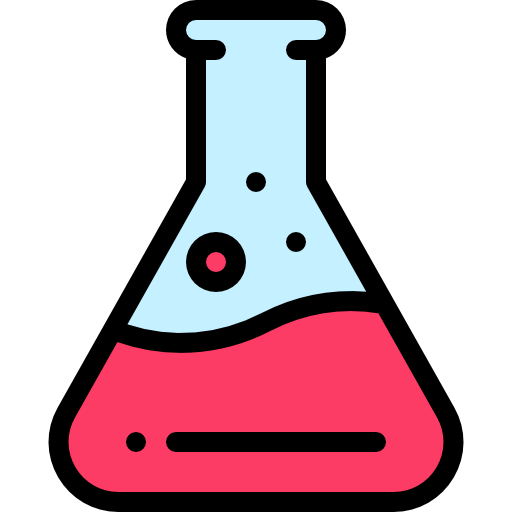
5. Made of the same chemical formula throughout.
If you have a sample that doesn't fit all of these descriptions, it's not a mineral — it's a rock!
Mineral Uses & Examples
People use minerals for many different things, like:
Gemstones used in jewelry. Purple quartz is called amethyst and yellow quartz is called citrine. Beryls are also minerals — emeralds are green beryls and sapphires are blue beryls.
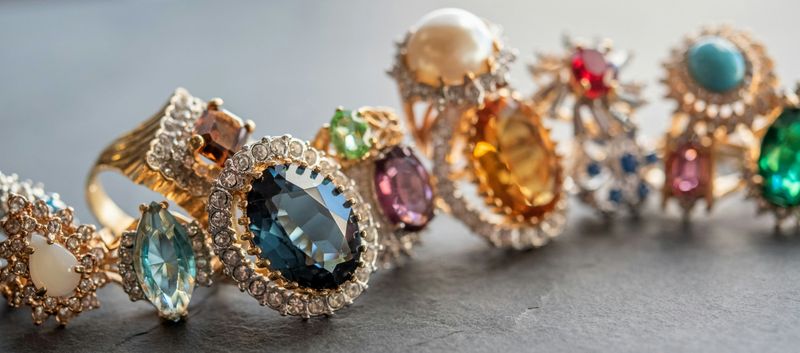
Makeup and other cosmetics. Mica is used for shimmer in eyeshadows. Talc is used to absorb oils and help makeup cover evenly.

Decorations and money. Metal ores like copper, gold, and silver are also minerals. Gold leaf is used decoratively. Many ores are used for money, like silver dollar coins.

Staying healthy. We need to eat essential minerals to keep our bodies healthy. Calcium helps our bones be strong. Potassium helps keep our hearts beating.

Minerals vs Rocks
Rock
Mixture of other rocks and minerals.
Have a varied look, like spots or stripes.
Can have dead plant or animal matter mixed in.
Used in building materials, roads, and more.
Mineral
Made of one chemical.
Have a uniform look with one overall color.
Have a crystal structure.
Used in jewelry and cosmetics. Some are essential for the body.
So, Is a Diamond a Rock?
Now that we've learned about rocks and minerals, let's come back to our diamond.
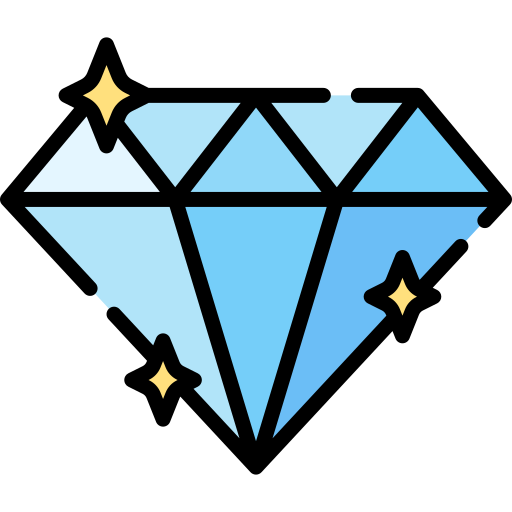
Diamonds are solid.
They are made entirely of the element carbon.
Diamonds are not made of dead plant or animal matter.
They have a crystalline shape that makes them look shiny.
And, diamonds are naturally occurring.
Looks like our diamond fits all of the characteristics of a mineral!
It's not a rock after all!
Quiz
Jordan found a pretty rock on a hike with their family. They're trying to figure out if it really is a rock or a mineral. Choose all the properties that tell you it's a rock:
Rocks are made of different materials mixed together, leading to the layers and flecks Jordan sees. Both minerals and rocks are solid (except for mercury) and minerals have crystal structures, but rocks often don’t.
Take Action
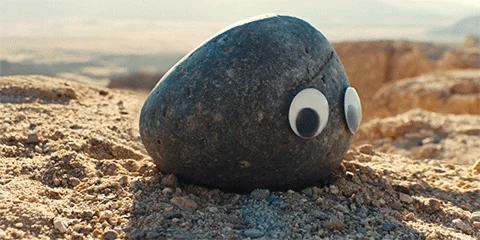
This Byte has been authored by
Andrea Stewart
Learning Designer
